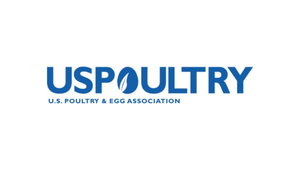Treasury Department recently launched new tool known as myRA to earn interest on retirement savings.

In agriculture, retirement can mean something quite different compared with other U.S. households. On the farm or ranch, those who are aging are far from “retired” and, in fact, remain active participants in daily operations and decisions, Todd Atkinson, Farm Service Agency director of external affairs, and Jamal Habibi, U.S. Department of Treasury director of outreach for the office of domestic finance, said in a recent U.S. Department of Agriculture blog post.
Financially, retirement in agriculture can be different, too. Compared to the general population, farmers and ranchers have a distinctive combination of assets, income sources and saving habits, with large percentages of their financial portfolios intertwined in the business equity, all which must be carefully considered when planning for intergenerational transfers and while generating and maintaining retirement income.
As for actual savings accounts, while 60% of all households nationwide participate in some type of a retirement account, just 40% of eligible farm households do. In fact, only 7% of farmers and ranchers contribute to the types of Individual Retirement Accounts (IRA) that can provide helpful tax advantages, with just 3% of the general population having an IRA.
That’s why the U.S. Department of the Treasury recently launched a new tool, known as myRA, for anyone interested in a simple, safe, understandable and affordable method to start saving for retirement.
It costs nothing to open an account, there are no fees and contributions are invested in a U.S. Treasury security that safely earns interest. One can contribute as little as a few dollars each month or even create automatic contributions from a bank account or paycheck totaling up to $5,500 per year. When ready, those savings can be rolled over into a private-sector Roth IRA at any time to continue growing the savings.
While myRA is not intended to replace existing employer-sponsored retirement plans, such as a 401(k) plan, because those accounts may offer special incentives like an employer matching payment, “if you don’t have access to a retirement savings plan or excessive fees and complicated investment options are daunting, or perhaps you would like the younger members of your family to have better retirement awareness, then the U.S. Treasury’s myRA savings account might be an option for you,” Atkinson and Habibi said.
“Even if your future goal is to receive on-farm income, inheritance or varying degrees of off-farm income such as social security, rental income or veterans benefits, a myRA account still may be a helpful addition to your portfolio. Plus, it is never too early to start saving: if you are 18 or older, not a full-time student and not a dependent, you are eligible,” they noted.
So, as the end of the year nears, perhaps a new myRA could be a great way to take that first step towards building or complementing that retirement nest egg. To learn more about the program and its beneficial tax attributes, visit myRA.gov.
About the Author(s)
You May Also Like





